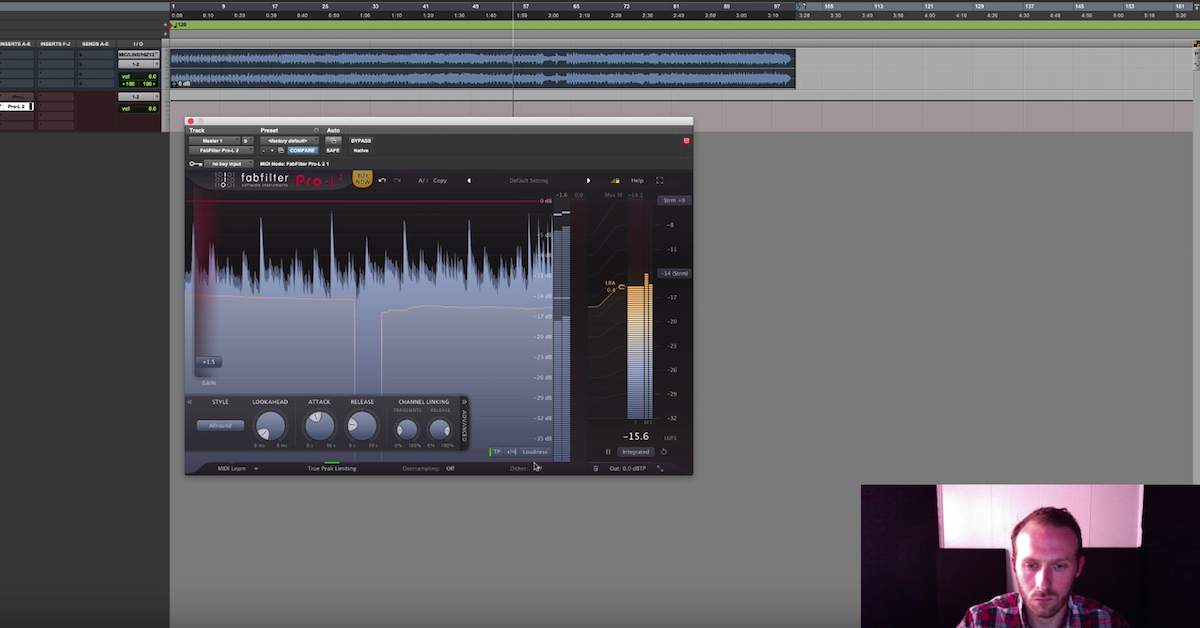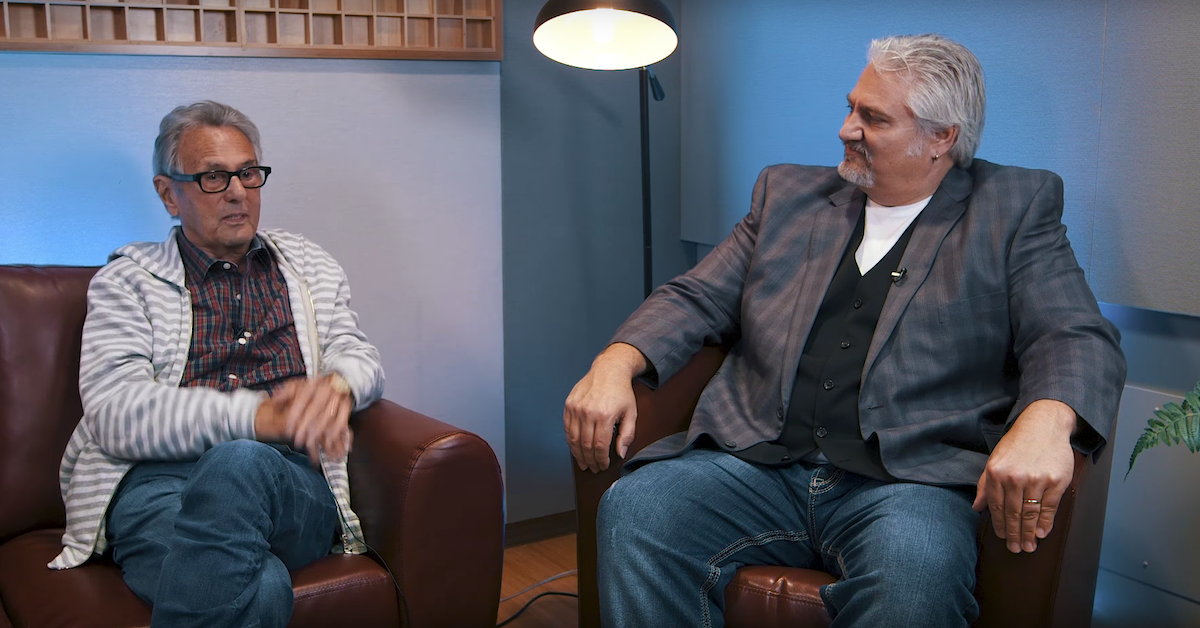4 Ways to Make Your Mix Engineer Happy
Article Content
The sooner mix engineers can forget technical details and think musically, the better. File transfer and session prep are parts of the job, but we much prefer to simply get creative and make music sound better.
Here’s some advice you can provide to clients (or think about if you are the client) when delivering a project for mixing.
1) Understand the difference between production and mixing
The recordings should be finalized before they’re sent to a mix engineer. Sometimes I work on projects in which the band is still in the process of working out parts, recording, and “flying in” different takes after sending me the initial batch of files. If the song needs it, and I really enjoy the music, I will do whatever it takes to make the music as good as it can be, but artists and producers should be aware that this really slows down the process.
Ideally, vocals will have been tuned before the mix engineer receives them. I regularly tune vocals — and every project is different — but if the band is paying a producer, this should technically be their job.
The performances should also be compiled (or comped) and edited so that the producer/artist is satisfied with them before the mix engineer receives them. If there are rhythmic elements of the performance that are subpar, again, technically it is a producer’s job to do the fixing. The process of “pocketing” drums — in other words to make them feel as groovy as possible — is a time intensive one. A quality mix engineer will have the tools and ability to do so, but a producer should be responsible for this.
If what you are delivering is files within a DAW, make sure alternate playlists (takes) are removed unless otherwise notified by the mix engineer. Having to choose between different takes will slow down the mixer.
Bottom line: a mix engineer wants a coherent musical performance to enhance. Any tuning, editing, and comping should ideally be completed before the mixer hits the play button for the first time.
2) Communicate exactly what you will be sending
There are many different DAWs/plugins that engineers use. If you plan on sending a session and audio files, that’s great, but keep this in mind when delivering. Sometimes printing stems and delivering .wav files can be the simplest way, but mixers might want to have the ability to adjust any effects the producer/artist is applying. Some mixers prefer to have the effects printed and available on separate playlists — it depends. Missing or “ghost” audio clips is alarming to receive as a mixer, so make sure to save and send properly.
If you do plan on sending audio files, double check to make sure they’re either the same length, or at least have the same starting point. This way, they’ll be in time when the mix engineer loads them into his or her DAW of choice.
3) Send a reference track and rough mix
If you’re a rock band looking to have the final product sound like your favorite song/album, provide a link so the mixer can hear a high quality version for reference. If you’re after a drum sound from a particular song, but a guitar tone from another, send both. Keep in mind that we may not be able to achieve both exactly as you hear them, and be aware on smaller budget projects that part of the reason your favorite album sounds like a million bucks, is because it might have cost that much.
Sometimes the way a track sounds at the end of a recording session is great, and just needs minor polishing. Make sure to print a version of this and send it to the mixer so they can maintain the energy of the original. Also be aware of not getting overly attached to this version, because a quality mix engineer knows how to infuse that “commercial appeal” into your record, and very few successful tracks sound exactly like they did when they were recorded.
Additionally, a text file that includes the BPM (if recorded to a click) and any insights or notes can be helpful.
4) Send everything organized, and use a file transfer service that the mix engineer knows how to use
If every song I ever received was simply all the necessary files for that song, delivered in one folder (named whatever the track was), so I could either immediately open the provided session or import the audio files into my DAW of choice, I’d be so happy.
I really like wetransfer.com, but many sessions I receive are over the allowed 2GB, so in those instances I use a Dropbox Pro account. Some engineers prefer an FTP/client situation, which is great for security. Zipped or compressed files are generally easy, but can occasionally have errors.
Conclusion
In summary, communicate clearly what you’ll be sending, and how it’ll be sent, and you’ll have won over your mix engineer.
If you keep in mind that the best part of a mix engineer’s job is listening to and improving your music — and you make that as easy as possible — the final product will be much better off for it.





